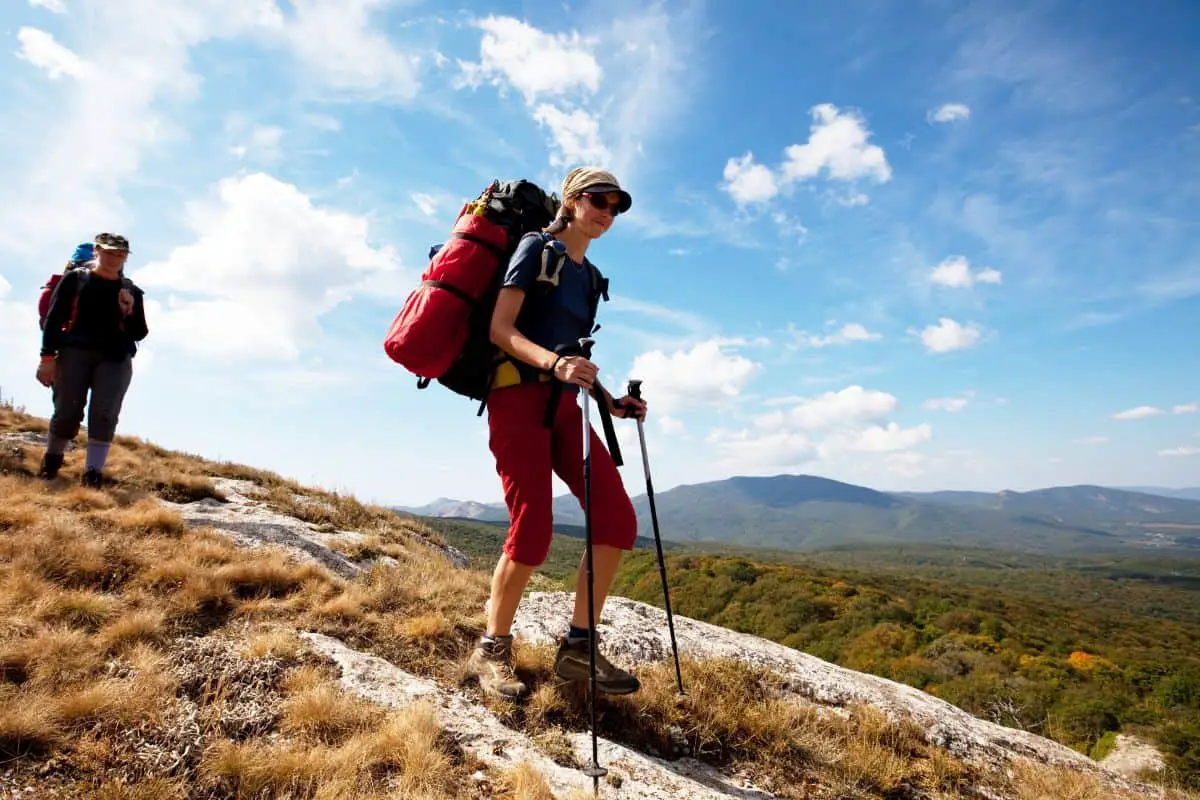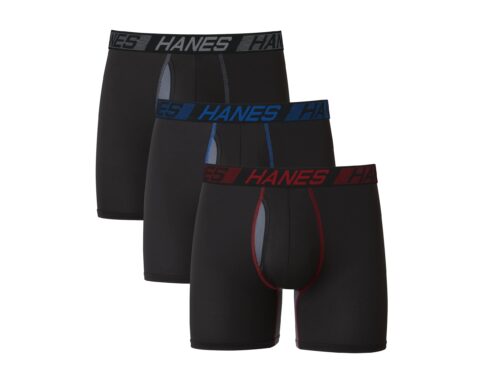If you’re going on a hiking trip, there are several things you can do to treat small blisters. However, there are also certain things you can do to avoid getting them in the first place.
Blisters can appear unsuspectedly at times, while for many people it can be a discomforting, even painful experience.
So, if you want to prevent things like blisters from impeding your hike, keep reading this article to see what you can do about it!
How To Prevent Foot Blisters When Walking
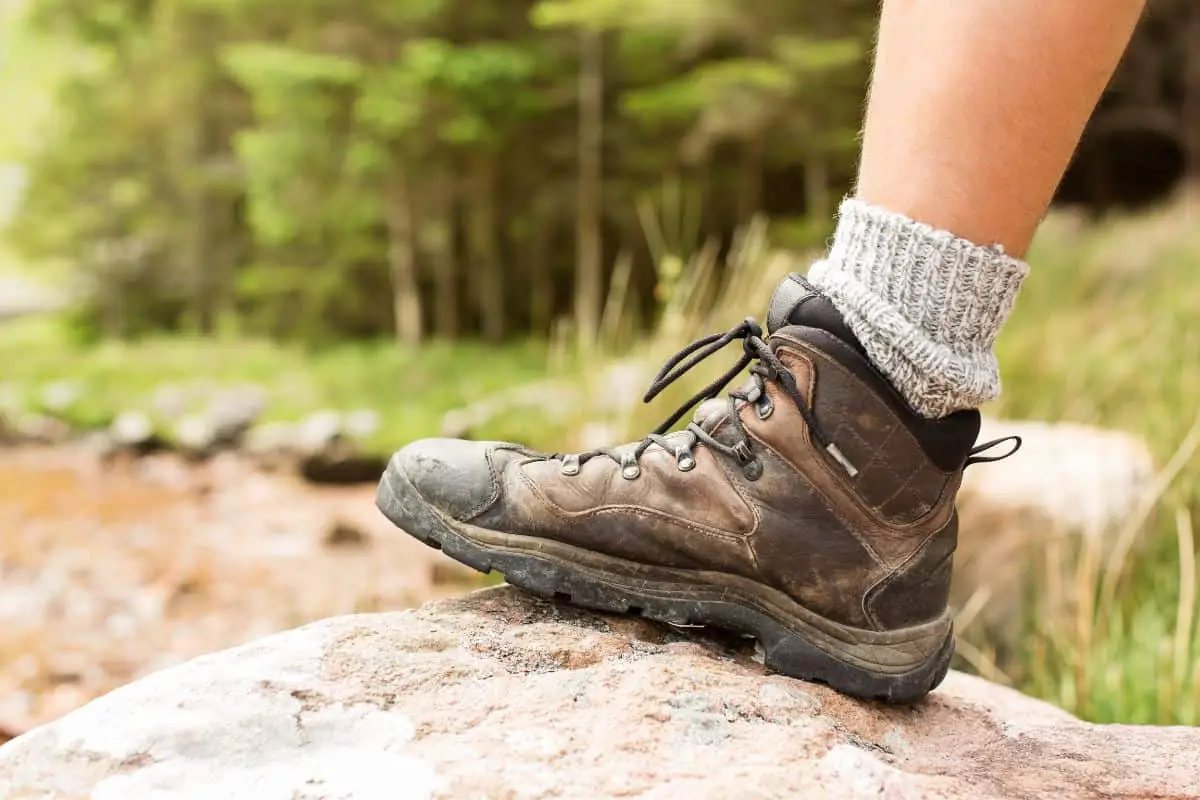
Purchase A Solid Pair Of Hiking Boots
For activities like hiking, having the proper footwear is critical. A great pair of hiking boots, along with a suitable pair of hiking socks and comfy apparel, are among the most essential things you will require.
Hiking boots offer support and stability and prevent your feet from hurting from sharp rocks and other pointy things you might encounter on the trail (sticks, etc).
They also aid in reducing friction, which is another aspect that would result in blood blisters. So, when shopping for hiking boots, look for a design that best fits you and offers the best possible support.
Choose the right hiking boots and don’t forget to bring your first-aid kit too. Even with a water-resistant layer, such shoes can still cause sweaty feet.
Tie Your Laces
Keep in mind that your hiking boots have to feel comfortable, and that means you will need to tie them well so that your feet don’t move back and forth as that will cause friction and then blisters.
At the same time, you don’t want to tie your laces too tightly as that will tense up your feet and limit blood circulation, both of which will also cause blisters.
Make Sure Your Socks Are Of Great Quality
Another way you can avoid getting blisters is by wearing high-quality socks. Choose socks made of moisture-wicking fabric, such as wool or synthetic.
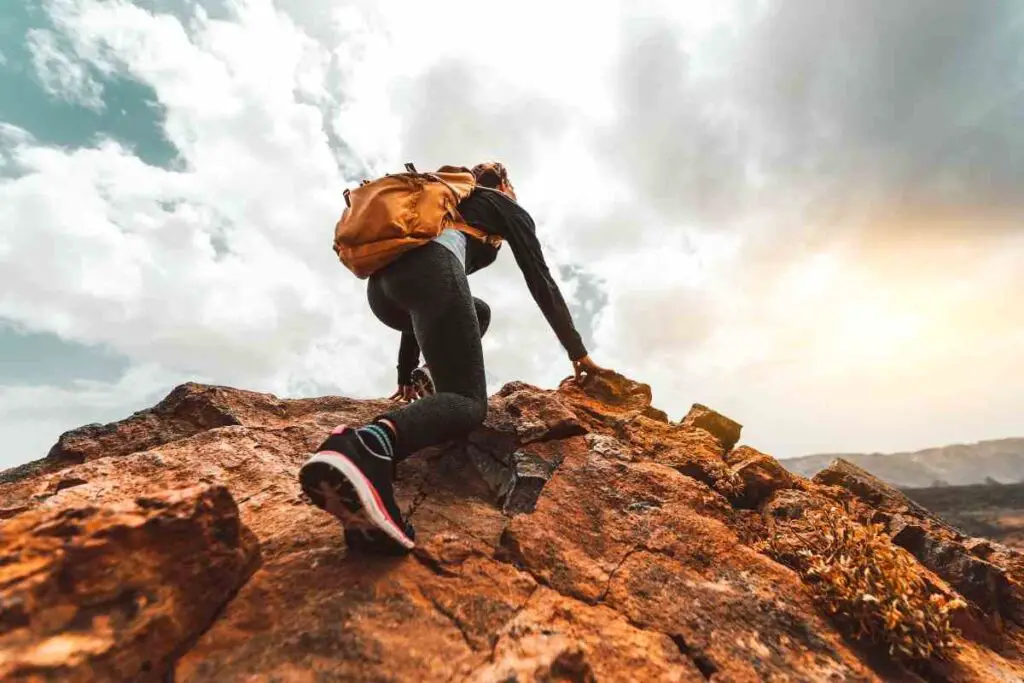
Your hiking socks must also fit comfortably but not too tightly. Socks that are too big won’t protect your feet right and they will keep ‘swimming’ in your boots.
Cut Your Toenails
Most people think that trimming their nails is not an essential thing to do regularly unless they become too long.
Nevertheless, there are numerous advantages to having your toenails cut frequently. For one thing, it can aid in the prevention of blisters as well as other skin problems.
Toenails that are too long will start rubbing on the interior layer of your boots, causing friction and the development of blisters that can hurt and be hard to treat.
Furthermore, cutting your toenails will keep them strong and healthy as it can protect them from infections.
So, when it’s time to cut your nails again this week, keep in mind that there are several reasons for doing so.
Pre-Tape Your Feet
If you are prone to blisters in some parts of your feet, you should pre-tape them before embarking on your hiking trip. This can assist in reducing friction and preventing the creation of blisters.
You may utilize whatever type of tape you want, but keep in mind that it needs to feel comfortable and not irritate your skin. Athletic tapes are usually going to do the work, so consider purchasing some.
Finally, you should make sure that your socks and boots will also fit right once you have added that extra tape layer. So, adjust the tightness and fit accordingly to make sure you will have a pleasant hike.
Massage Your Feet
After hiking up the hill for a couple of minutes, give your feet a foot rub. To protect more delicate skin, apply some foot powder and follow some basic pedicure tips.
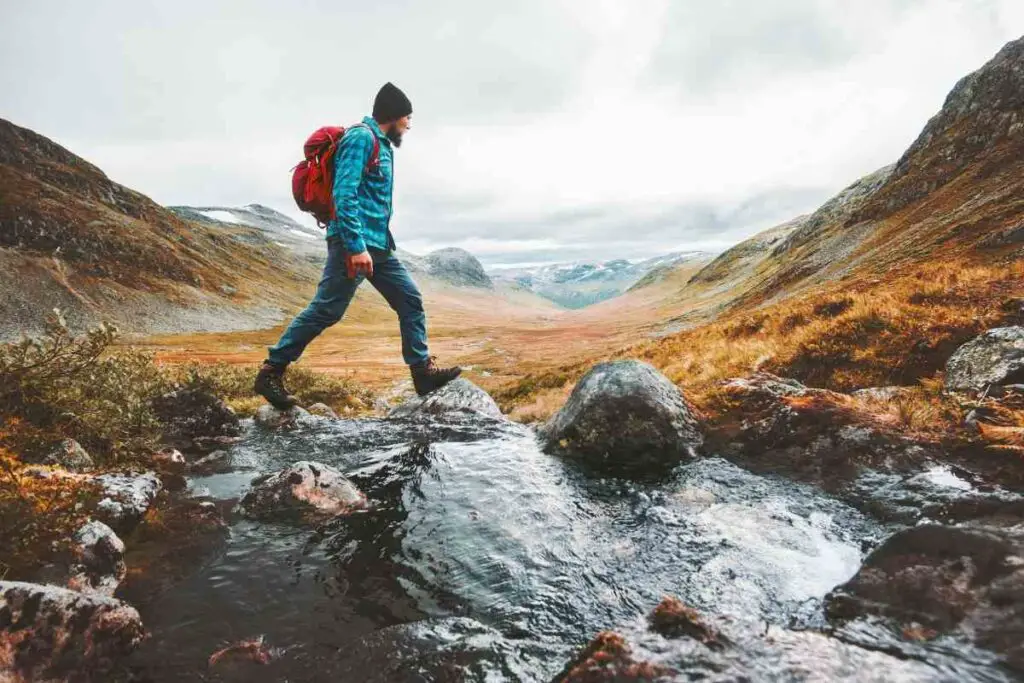
At the end of the day, soak your feet in warm water and clean them with some antibacterial wipes. If you discover blisters while walking, you should instantly stop.
If you only have one destination with no stops in between, at least perform some kind of food treatment (massage, rubbing, and so on) to keep the blister-prone areas from getting nastier.
Get A New Pair Of Insoles
The condition of your boots’ insoles is a commonly overlooked aspect of preventing hiking blisters.
Even the best pair of insoles could become denser and be overworn after several hiking trips, which does ultimately reduce their cushion efficiency and overall support.
This can result in increased rubbing and, sooner or later, in blisters.
So, particularly when you are planning a multi-day backpacking trip, make sure to have a new pair of insoles either worn or in your backpack to make sure your old ones can be replaced anytime during the hike.
How To Prevent Blisters In New Hiking Boots
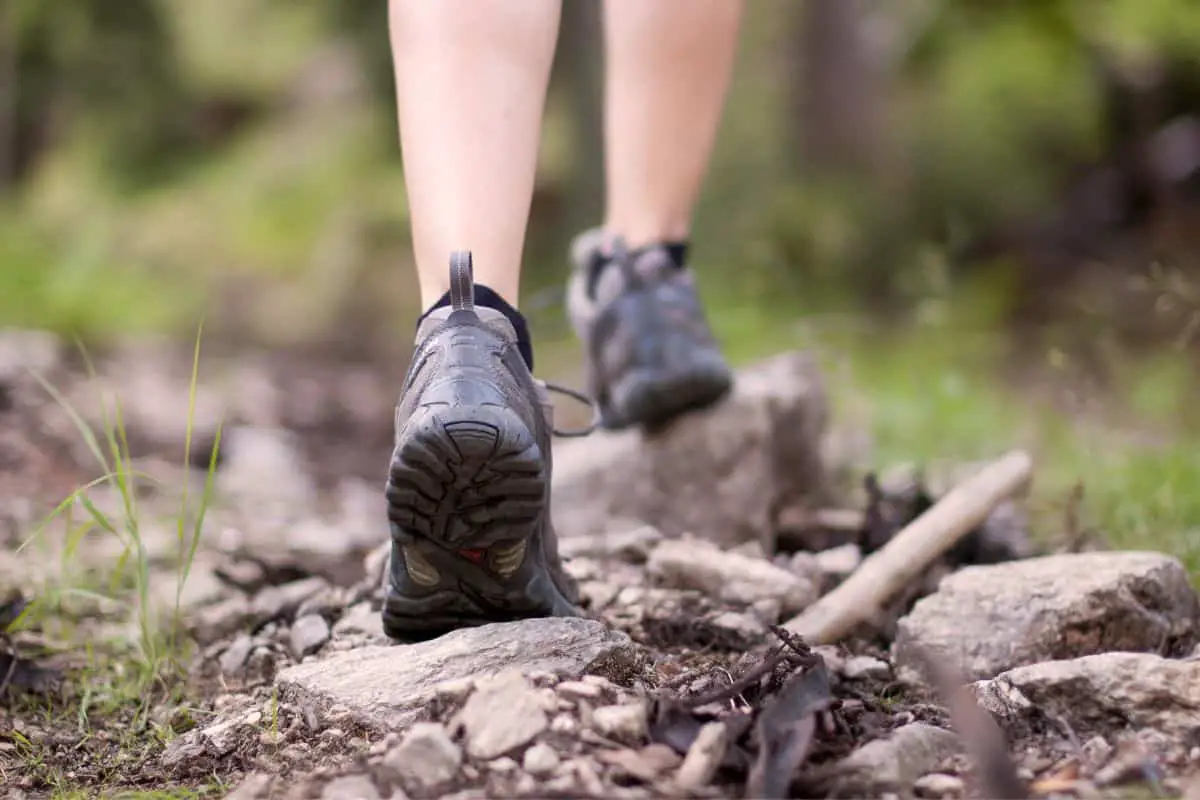
Warming up your hiking boots is among the most essential things you should do before going on a hike, and not breaking in your hiking boots properly can result in the worst blisters you could ever get.
What Is The Significance Of Breaking In Your Hiking Boots?
Hiking boots are at first extremely tight. The tight points tend to rub against our feet (particularly around the toes and heels), leading to the creation of blisters.
The more you wear your hiking boots, the softer they will become, so it’s important to wear them at home or for a walk around the neighborhood to unstiffen them.
How Long Should You Spend Breaking In Your Hiking Boots?
A couple of weeks will certainly be required to properly break in your shoes and make them comfortable to wear on your big trip.
Once you feel that they are a bit more comfortable, you can start walking longer distances with them till you feel they are right for your excursion.
The Bottom Line
Blisters are a common issue that most people face after a long hike or backpacking trip.
However, there are some things you can do to prevent blisters from forming, the best of which were included in this article. So, follow these tips and hike on!
